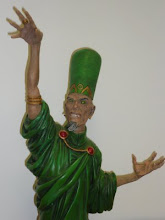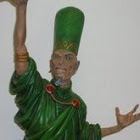
This is an efficient and colourless police procedural. Amanda Delany, a rising British film star, is murdered in her home. Robbery does not appear to be the motive, the murder was personal. Detective Inspector Anna Travis is part of the team investigating the death, she is also trying to get ready for a promotion interview process. The investigation reveals that Amanda Delany had lead a high speed life, crashing in and out of the lives of others with damaging results. The list of possible suspects in her murder is extensive and the process of identifying who did commit the murder is skilfully developed. The reveals are very well staged, the plot is tightly wound and the climax logical and very satisfactory.
The problem for this book is that the cast are colourless, they do not have any spark of life to them. There is not character in the book who leaps of the page into the reader's imagination, except possibly the victim. As those who knew her reveal what they know a picture emerges of a tremendously unlikeable person, whose talent and desire for destruction vied for expression. The picture that emerges is the closest to a three dimensional character in the book, the rest of the cast, while more than simple plot puppets, are just not memorable in any way.
The cast do enough to ensure that the reader's interest is engaged enough to follow the story through to the resolution, this is a tribute more to the excellent construction of the story than anything else. This is a pleasant, forgettable read.














